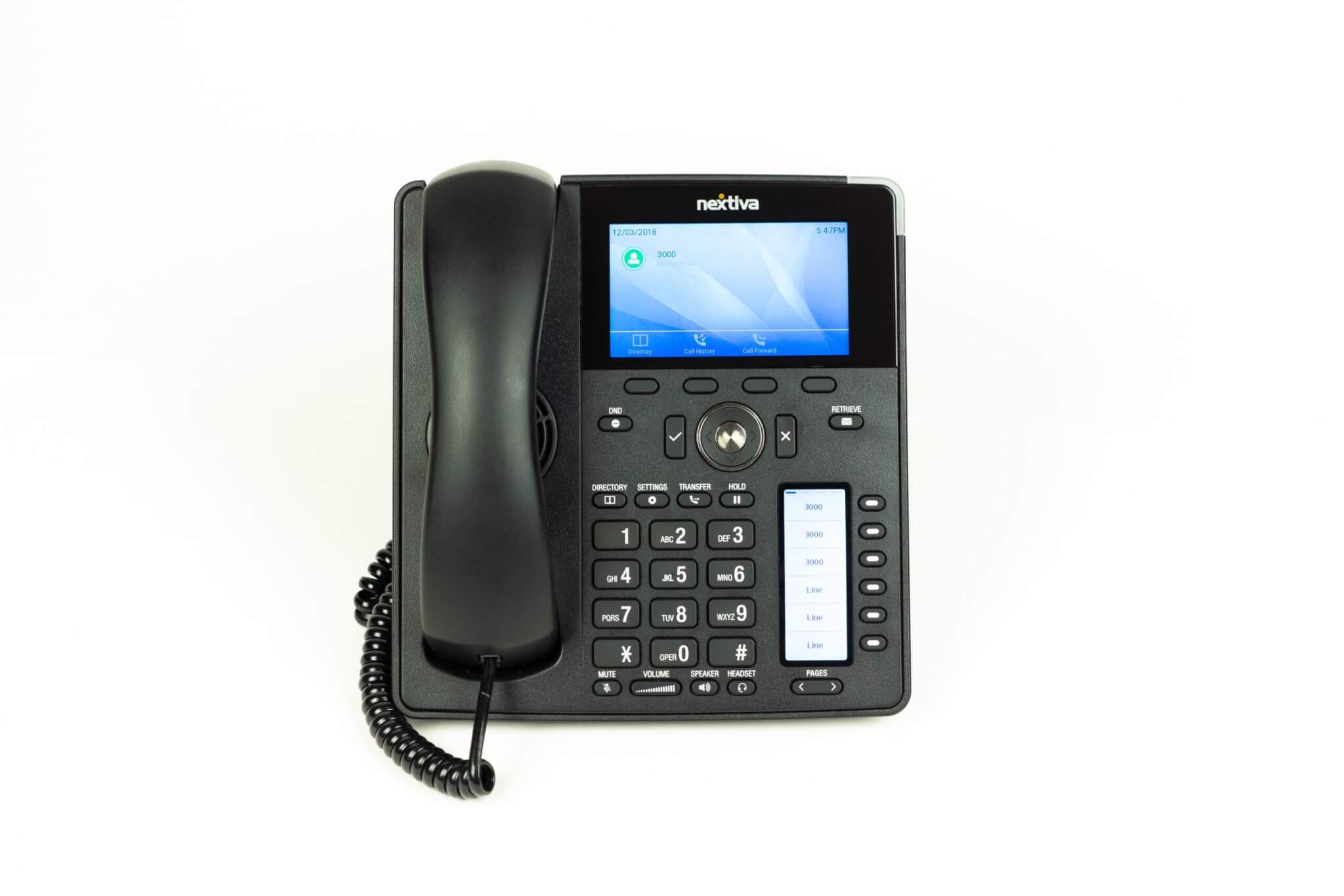Is your phone system cost-effective?
Many businesses have adopted a “set it and forget it” mentality when it comes to their phone system. Yet today’s fast-paced environment demands agility and adaptability, leading many firms to consider a cloud-based phone system. But there’s another major reason to deploy cloud communications technology, too: cost savings.
Traditionally, businesses have measured the total cost of ownership (TCO) when a more accurate picture to look at is the total cost of operations, Nemertes Research says. This accounts for capital costs (upfront purchases of hardware, software and standard services), implementation costs (consulting, networking and customization fees) and operational costs (staffing, training and ongoing maintenance).
What’s interesting, Nemertes says, is that small businesses can achieve the biggest cost savings by upgrading their phone system and medium-sized businesses can match the savings achieved by larger enterprises. Those are reasons enough to compel companies to take a closer look at their current system and ask the question, “Is our phone system cost-effective?”
To help you answer, here are four ways to determine how much your current phone system may be costing you.
1. Paying for More Than You Need
As your business grows, your communication needs will likely change. A cloud phone service allows businesses to easily add licenses or productivity applications as new employees are hired, or as call volume to contact centres increases with seasonal or overall growth. This means instead of potentially overpaying upfront to support forecasted growth as many companies do with an on-premises solution, you’re simply paying for what you need when you need it. Additionally, since services and users can be activated quickly without any additional hardware installations, your business will benefit from their productivity sooner.
2. Higher Maintenance Costs
When comparing the costs of a cloud phone system and a premises-based one, it’s not enough to just look at the price tag of the solution itself. To get a true picture of cost, you’ll need to look at costs associated with system upgrades, installation and/or implementation, maintenance contracts, associated services such as power, cooling and Internet – and the IT staff or external resources needed to support those items. With a cloud phone service, ongoing maintenance and software upgrades are covered in the license fee and implementations can be done remotely, minimizing the need to spend on dedicated personnel for phone system maintenance.
3. Lack of Mobility
Today’s workforce is increasingly mobile, making BYOD a must-have. Ageing phone systems can sometimes struggle to adapt to this new dynamic with limited to no mobile capabilities, while cloud-based phone solutions can more easily provide employees access to the entire system architecture regardless of location or device. This not only makes it easier to support remote workers or on-the-go teams but also makes it possible to deliver a better experience for end customers who can easily reach staff when they’re out of the office.
4. Productivity Losses
Regardless of how your system is being delivered, another key consideration is its ability to offer a rich, streamlined experience for your users. Is it easy to use or does it require notable training? Can administrators quickly and easily perform moves, adds and changes? Does it include unified communications capabilities like chat, video and conferencing? Does it integrate with other critical business systems, such as your CRM or email client? If your answer to these questions is ‘no’, your phone system could limit employee productivity. Going beyond telephony basics with a true unified communications solution can reduce the number of apps employees need to use for everyday tasks, helping to increase collaboration and free up time for more valuable activities that contribute to business growth.
What To Do Now?
Communications technology is a necessary part of any business, but as the Nemertes research highlights, companies need to take a closer look at their current system and determine if it is adding value to their business or draining money from the bottom line. Evaluating your system’s capital and ongoing maintenance costs, along with capabilities around mobility, integration and flexibility, can help you assess if your system is cost-effective or whether it’s time to make a change.
Evaluating your system’s capital and ongoing maintenance costs, along with capabilities around mobility, integration and flexibility, can help you assess if your system is cost-effective or whether it’s time to make a change.
Contact Intrasource for more information about how we can improve your business telephone services with high-quality cloud communications from NEC and ShoreTel. Or read our blog about The 3 Cs of an Effective Business Phone Offering and Is there a contact centre hidden within your business?
Read our other business phone systems blogs here.



